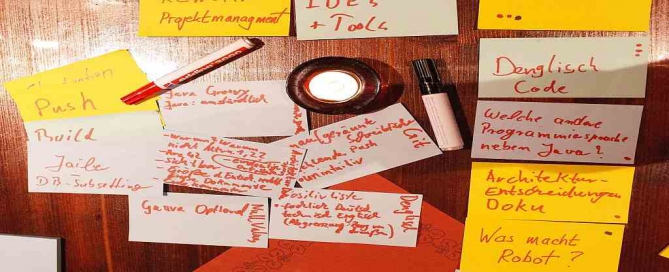You Consent, I Dissent — The Five Levels of Agreement
Reading Time: 3 minutes Making decisions by consensus, people seldom agree equally to the decision found. Instead, they commit themselves to their own level of personal agreement. All of a sudden, you have ignored several levels of agreement. And sometimes to disagree is a sign of commitment. - Weird, isn't it?









